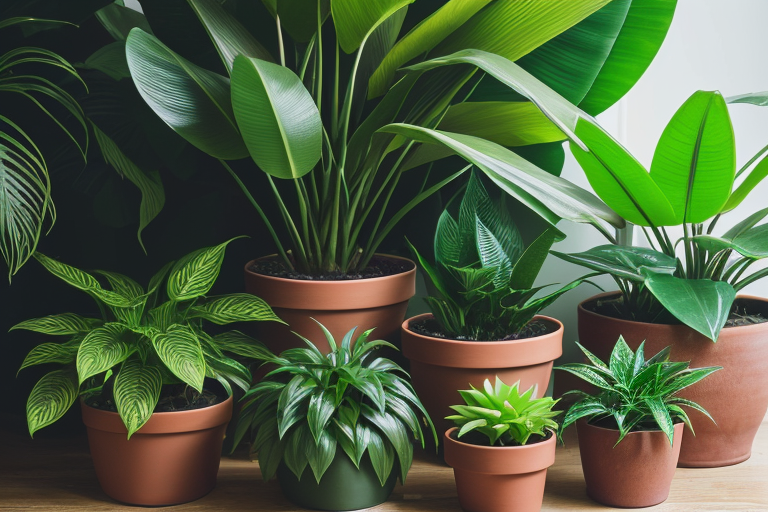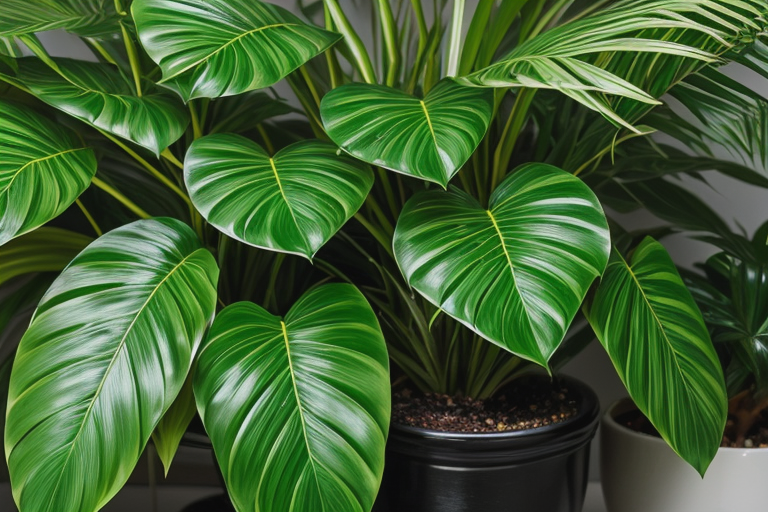Plants bring life to any space, but floor‑level foliage can be a tripping hazard and take up valuable real‑estate. A hanging planter is the perfect solution – and you don't need a PhD in macramé to create one.

Getting Started
Here are five simple plant‑hanger projects that each take 60 minutes or less. With just some cord and basic tools, you'll have beautiful hanging planters in no time.
Simple Knotted Rope Hanger
Simple knotted rope hanger – perfect for a small pothos.
Materials
- 3 ft of ⅜‑inch natural jute rope (or any sturdy cord)
- Scissors
- Measuring tape
- Optional: decorative beads or wooden beads
Steps
- Measure and cut three equal lengths of rope (about 3 ft each).
- Gather the three strands together and tie a tight overhand knot about 2 in from one end – this creates the loop for hanging.
- Spread the three strands apart and tie a series of double knots every 2‑3 in, working down the length. These will become the "cage" that holds the pot.
- When you reach the desired pot‑holding length (usually 8‑10 in from the loop), gather the three strands together again and tie a secure knot.
- Trim any excess rope, leaving a little tail to tuck inside the knot for a clean finish.
- Slip the pot through the final knot and hang the hanger from a ceiling hook, wall bracket, or sturdy curtain rod.
Macramé Mini-Hanger
Macramé mini‑hanger – perfect for a small succulent.
Materials
- 2 ft of ¼‑inch cotton macramé cord (4 strands, each ½ ft)
- Scissors
- Measuring tape
- Optional: wooden or metal ring (for a finished look)
Steps
- Fold the four cords in half and create a loop at the folded end – this is your "head" knot.
- Pull the loop through a metal ring (or simply tie a secure overhand knot) to form the hanging loop.
- Separate the cords into two sets of two. Using the basic square knot, tie a series of three knots, spacing each 2 in apart.
- After the third knot, bring the four cords together and tie a tight "closing" knot to create the pot cradle.
- Trim the bottom cords to the desired length (usually 3‑4 in) and melt the ends with a lighter for a clean finish (if using synthetic cord).
Upcycled T-Shirt Hanger
Eco‑friendly hanger created from an old cotton t‑shirt.
Materials
- One 100% cotton t‑shirt (larger size works best)
- Scissors
- Needle & strong thread (optional for reinforcement)
Steps
- Lay the shirt flat and cut off the sleeves and neckline – you'll be left with a rectangular piece of fabric.
- Fold the rectangle in half lengthwise and cut a 1‑in strip along the fold, creating two long "strips."
- Unfold the strips; you should now have four long fabric cords.
- Gather the four cords together and tie a secure overhand knot about 2 in from one end – this is the hanging loop.
- Separate the cords into two pairs and tie a series of square knots every 2 in to form the support cage.
- When you reach the desired length, gather all cords together and tie a final knot to create the pot holder.
- Optional: Sew the ends together with a strong stitch to prevent fraying.
Wire "Broom" Hanger
Wire "broom" hanger – great for larger foliage.
Materials
- 12‑in length of 18‑gauge stainless steel wire
- Wire cutters
- Round‑nose pliers (optional but helpful)
- Hook or ceiling nail for hanging
Steps
- Using pliers, form a small loop at one end of the wire – this will be the hanging loop.
- Stretch the wire out straight, then start forming a series of "broom" bristles by bending the wire back on itself at regular ½‑inch intervals.
- Continue until you have about 6‑8 bristles (the more bristles, the wider the pot support).
- Gather the bristle ends together and twist them tightly around the base of the wire to create a secure "handle."
- Trim any excess wire and use the pliers to smooth sharp ends.
- Slide your pot onto the bristles, adjust spacing if needed, and hang the loop from your ceiling hook.
Leather Strip Hanger
Minimalist leather plant hanger – adds a touch of sophistication.
Materials
- 1 ft of ¼‑inch thick vegetable‑tanned leather strip
- Leather punch or small drill
- Heavy‑duty needle & waxed thread (or leather lacing)
- Scissors
Steps
- Fold the leather strip in half lengthwise, forming a 6‑inch loop.
- Using the leather punch, make two evenly spaced holes (about ½‑inch apart) on each side of the folded strip, 2 in from the folded edge.
- Thread the needle with waxed thread and sew a ladder stitch through the holes, creating a sturdy "rope" that will support the pot.
- After stitching, tie a firm overhand knot at the top of the loop – this becomes the hanging loop.
- Pull the free ends of the leather through the loop and tie a second knot to form the pot cradle.
- Trim any excess leather, and gently sand the edges if you prefer a smoother finish.
- Slip the pot into the cradle and hang from a hook.
Frequently Asked Questions
Do I need special tools?
Not at all! A simple pair of scissors and a ruler are enough. For tighter knots, a small crochet hook or the tip of a pen can help pull the cord through.
How much weight can these hold?
All five designs are best for pots up to 2 lb (≈0.9 kg). For heavier pots, use thicker rope or double up the cords for added strength.
Will these work outdoors?
Yes, provided you choose weather‑resistant materials (e.g., UV‑treated rope, stainless‑steel wire, or treated leather). For prolonged sun exposure, consider a protective spray.
How do I secure the knots?
After tying each knot, pull the cords tight and trim any excess. For extra security, you can dab a tiny drop of clear nail polish or fabric glue on the knot.
Are these pet-safe?
All designs use non‑toxic, natural materials, but always keep cords out of reach of chewing pets to prevent accidental ingestion.
